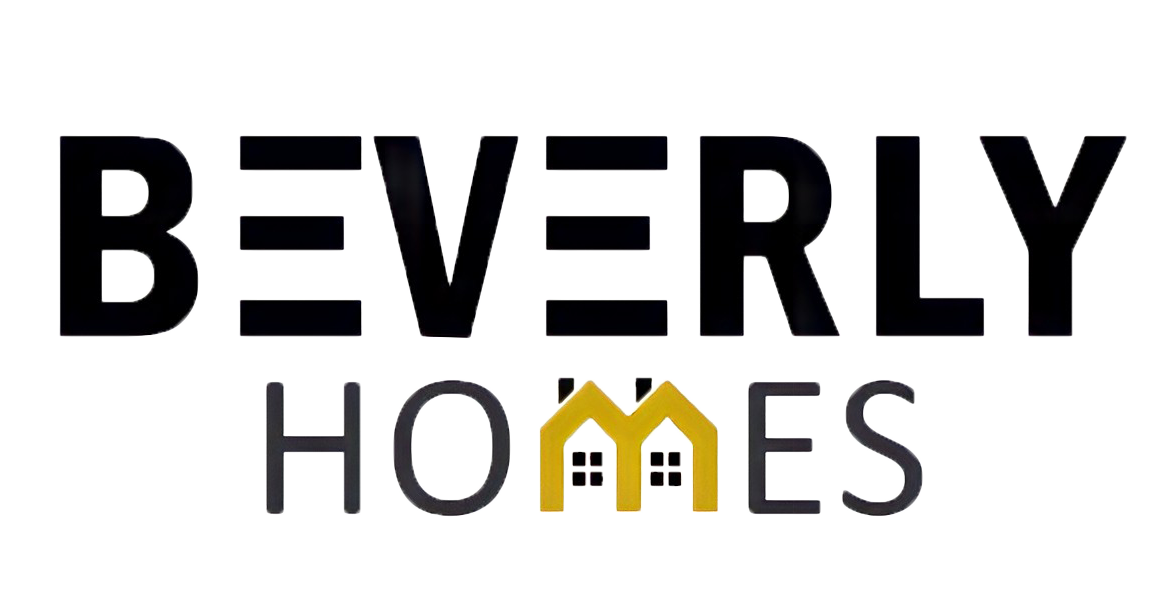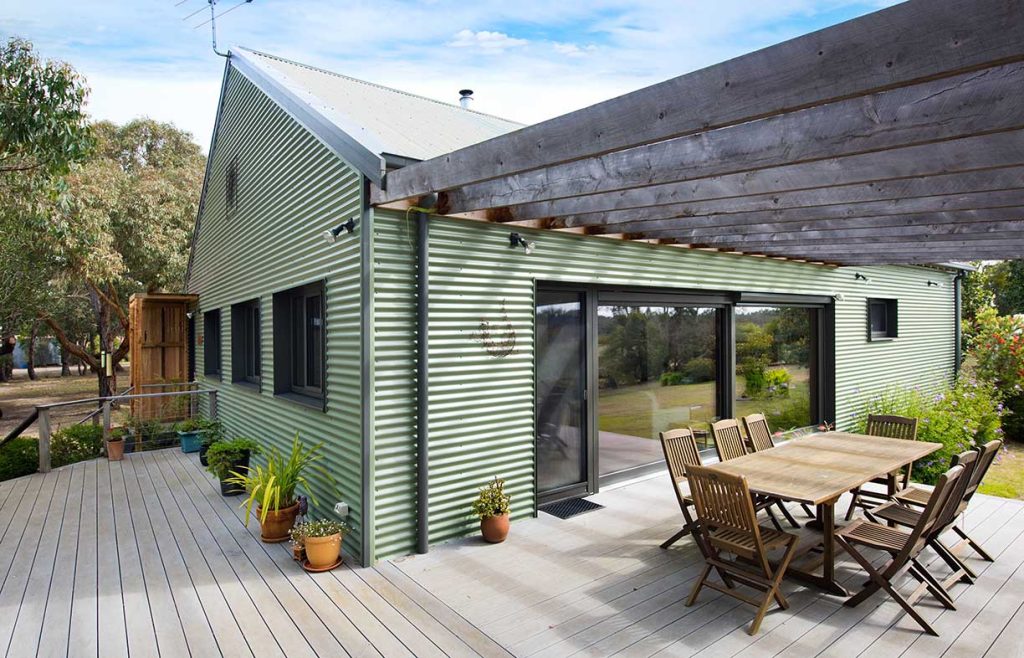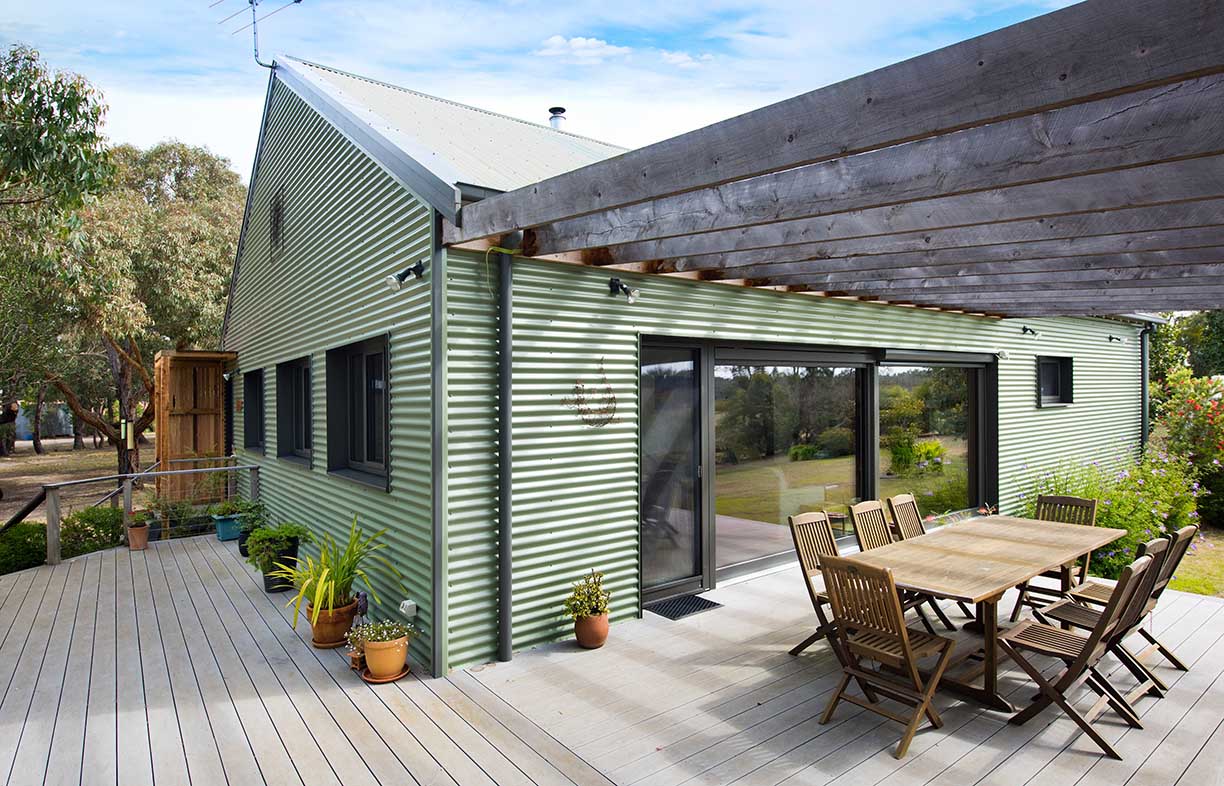Passive House and the Evolution of Sustainable Cities
Passive House and the Evolution of Sustainable Cities
Living sustainably has become more crucial than ever in our rapidly changing world. As we seek innovative solutions to reduce our carbon footprint and create environmentally friendly living spaces, the concept of the Passive House has emerged as a beacon of energy-efficient design. In this article, we will delve into the principles of Passive House construction, its role in the evolution of sustainable cities, and the challenges and successes associated with this approach.
Understanding Passive House Design
Definition and Principles
Passive House design revolves around creating buildings that require minimal energy for heating or cooling. The principles emphasize insulation, airtightness, and efficient ventilation, creating a comfortable living space while significantly reducing energy consumption.
Energy Efficiency and Environmental Benefits
The environmental benefits of Passive House design are substantial. By minimizing energy usage, these structures contribute to lower carbon emissions, making them a key player in the global effort to combat climate change.
Key Components of a Passive House
Insulation Materials and Techniques
One of the fundamental aspects of Passive House construction is the use of advanced insulation materials and techniques. From high-quality insulation to thermal bridges elimination, every detail is meticulously planned to ensure optimal energy conservation.
High-Performance Windows and Doors
Passive Houses boast windows and doors designed for maximum energy efficiency. Triple-pane glass and airtight seals not only contribute to insulation but also harness natural light effectively.
Ventilation Systems
Central to Passive House design is a mechanical ventilation system that ensures a constant supply of fresh air. This system not only maintains air quality but also contributes to the overall energy efficiency of the building.
The Evolution of Sustainable Cities
Historical Perspective on Sustainable Urban Planning
Sustainable urban planning has a rich history, dating back to early civilizations. The integration of green spaces, efficient waste management, and consideration for natural resources has been a recurring theme in creating sustainable cities.
Modern Challenges and the Need for Innovative Solutions
As our cities grow and face new challenges, innovative solutions are required to address issues such as pollution, congestion, and resource depletion. The evolution of sustainable cities is a response to these challenges, emphasizing a balance between urban development and environmental preservation.
Passive House Contributions to Sustainable Cities
Reduced Carbon Footprint
The widespread adoption of Passive House principles in urban development can significantly reduce the carbon footprint of cities. By lowering energy demand, these structures play a crucial role in achieving sustainability goals.
Economic Benefits for Homeowners and Communities
Beyond environmental advantages, Passive Houses offer economic benefits for both homeowners and communities. Lower utility bills and increased property value contribute to a more economically sustainable living environment.
Challenges and Criticisms
Cost Considerations
While the long-term savings from reduced energy consumption are evident, the initial cost of implementing Passive House principles can be a barrier for some. Addressing these cost considerations is essential for wider adoption.
Adaptability to Different Climates
Passive House design has proven effective in certain climates, but its adaptability to diverse environmental conditions is a subject of debate. Customizing designs to suit different climates remains a challenge that requires ongoing research.
Success Stories: Passive House in Action
Examples of Successful Passive House Projects Worldwide
Several cities around the world have embraced Passive House principles in their construction projects, showcasing the feasibility and success of this approach. From residential buildings to commercial spaces, these projects serve as inspiring examples for others to follow.
Impact on Local Communities
The positive impact of Passive House construction extends beyond the individual buildings. It contributes to the creation of sustainable communities, fostering a sense of environmental responsibility among residents.
Future Trends in Sustainable Architecture
Technological Advancements
As technology continues to advance, new innovations in sustainable architecture are on the horizon. From smart building systems to advanced energy-efficient materials, the future of Passive House design holds exciting possibilities.
Integration of Renewable Energy Sources
The next frontier for sustainable architecture lies in the seamless integration of renewable energy sources. Passive Houses equipped with solar panels, wind turbines, and other renewable technologies will further reduce reliance on conventional energy grids.
The Role of Government Policies
Supportive Policies for Sustainable Construction
Government policies play a crucial role in promoting sustainable construction practices. Incentives, tax breaks, and regulatory support can encourage builders and homeowners to embrace Passive House design.
Incentives for Passive House Adoption
To accelerate the adoption of Passive House principles, governments can introduce financial incentives and grants. These measures make sustainable construction more accessible and appealing to a broader audience.
Community Engagement and Awareness
Importance of Educating the Public
Raising awareness about the benefits of Passive House construction is essential for widespread adoption. Public education campaigns can dispel myths, provide information, and encourage individuals to consider sustainable living options.
Initiatives to Promote Sustainable Living
Community-driven initiatives, such as workshops and events, can actively engage residents in sustainable living practices. These initiatives foster a sense of collective responsibility and empower communities to contribute to the larger goal of environmental conservation.
Interview with a Passive House Expert
Insights from an Industry Professional
We interviewed a Passive House expert to gain insights into the challenges and successes of implementing these principles. The expert highlights the importance of collaboration, ongoing research, and the potential for Passive House design to revolutionize the way we approach construction.
Tips for Individuals Interested in Adopting Passive House Principles
Our interviewee shares practical tips for individuals interested in making their homes more energy-efficient. From simple lifestyle changes to more extensive renovations, there are various ways for individuals to contribute to sustainable living.
DIY Tips for a More Sustainable Home
Small Changes for a Greener Lifestyle
Implementing small changes in daily life can contribute to a more sustainable lifestyle. From reducing water usage to adopting energy-efficient appliances, these simple steps make a significant impact over time.
Cost-Effective Ways to Improve Energy Efficiency
Not all sustainable upgrades require a hefty budget. Our guide provides cost-effective ways to improve energy efficiency, making it accessible for individuals with varying financial resources.
Passive House vs. Traditional Construction
A Comparative Analysis of Benefits and Drawbacks
Comparing Passive House construction to traditional methods provides a comprehensive understanding of the pros and cons. Considerations such as energy efficiency, long-term costs, and environmental impact are essential in making informed decisions.
Long-Term Considerations for Homeowners
While the initial investment in Passive House design may be higher, the long-term benefits, both environmentally and economically, make it a worthy consideration for homeowners looking towards the future.
Case Studies: Sustainable Cities Leading the Way
Cities with Innovative Sustainable Initiatives
Highlighting cities that have successfully implemented innovative sustainable initiatives sheds light on the possibilities for others. From green roofs to pedestrian-friendly urban planning, these case studies offer valuable lessons for sustainable urban development.
Lessons Learned and Potential for Replication
Examining the lessons learned from sustainable cities allows for the replication of successful strategies. By understanding what works and what doesn’t, other cities can tailor their approaches to create more sustainable and resilient urban environments.
Conclusion
In conclusion, Passive House construction stands as a pillar in the evolution of sustainable cities. Its principles not only contribute to environmental conservation but also offer economic benefits for individuals and communities. As technology advances and awareness grows, the future of sustainable architecture holds immense promise. By embracing Passive House design and incorporating sustainable practices at individual, community, and governmental levels, we can pave the way for a greener and more resilient future.








